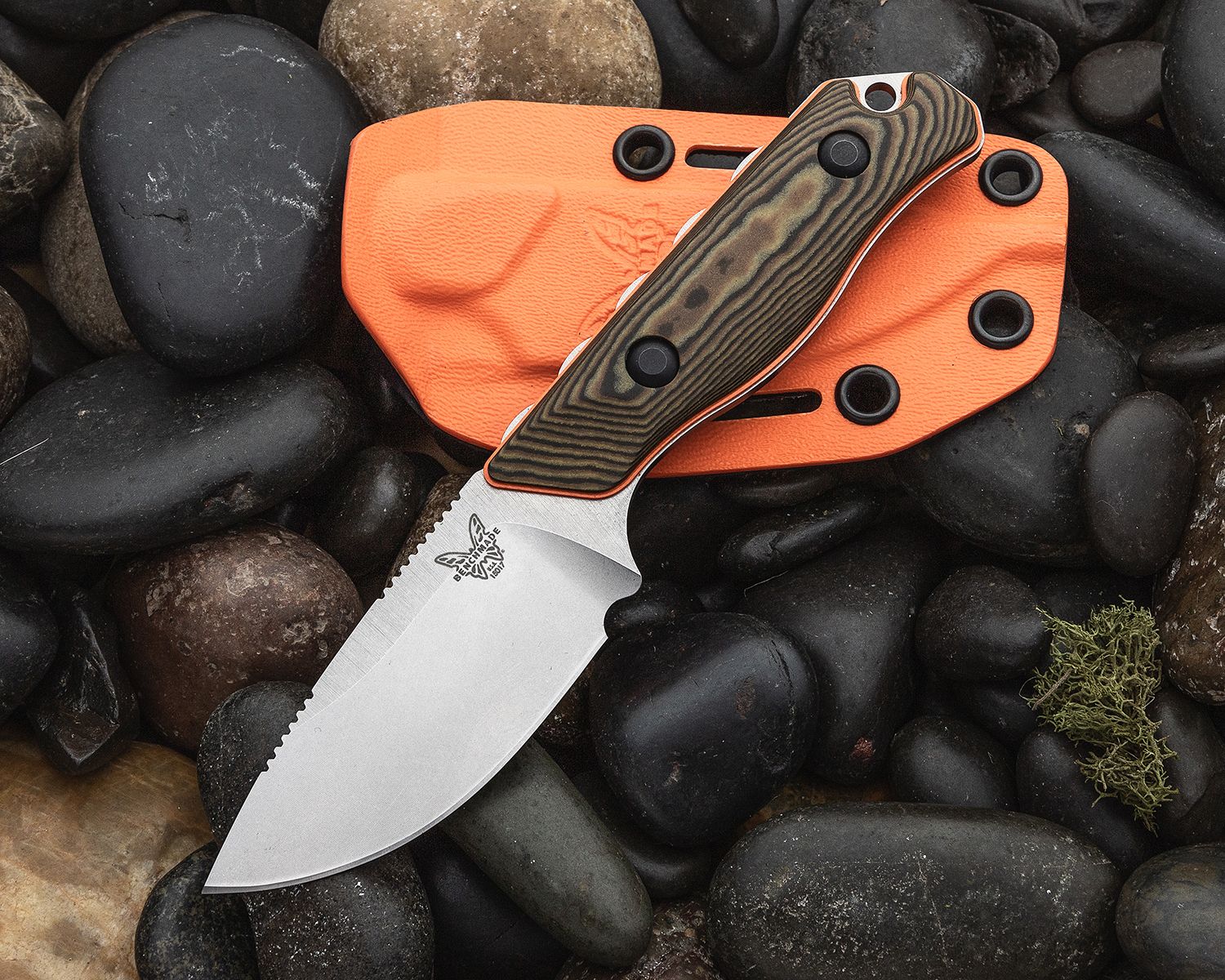Best Knife Handle Material: A Guide to Choosing the Right One
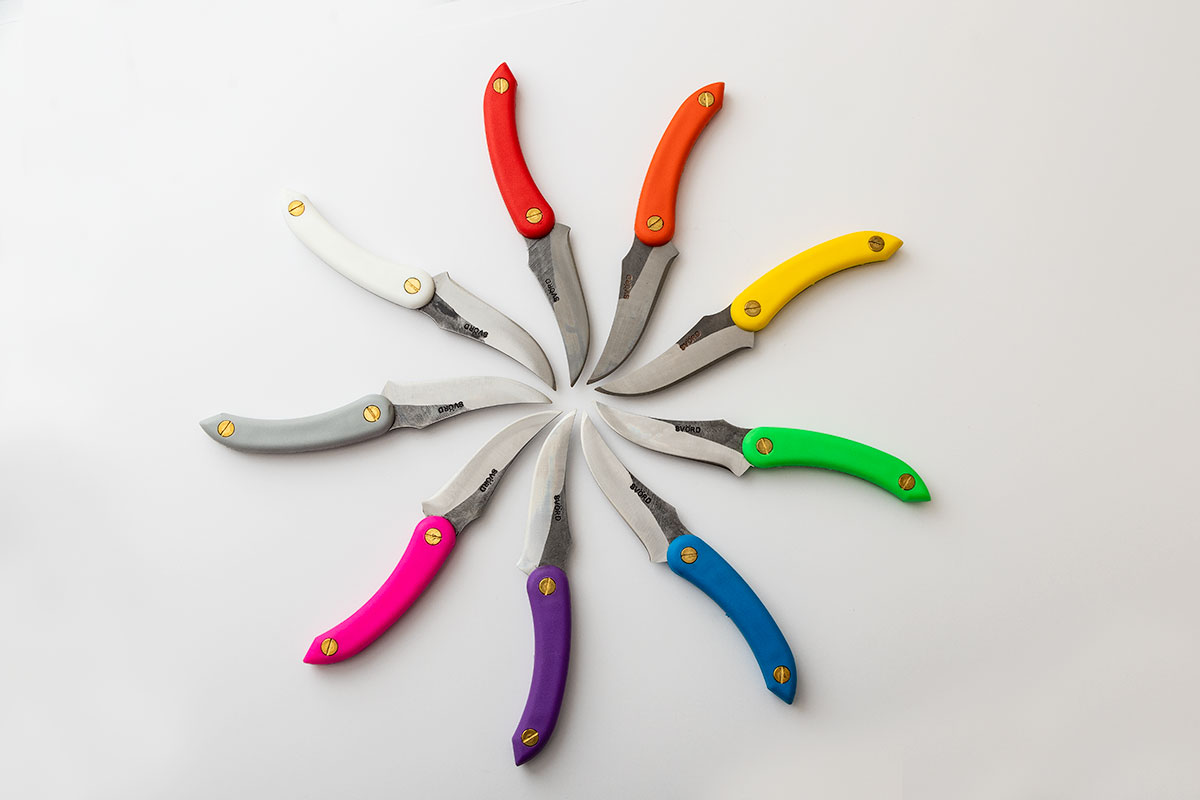
What is the best knife handle material? That all depends on what is most important to you. Want something that looks great? Fancy carbon fiber or beautifully figured wood might be what you crave. Need something that is super durable? G10 or Titanium are both strong foundations for a heavy-duty knife. Read on to figure out the best handle material for you.
G10
- G10 is a high-pressure fiberglass laminate that is both rigid and relatively lightweight. It is an excellent handle material because it is durable, easy to machine, and does not shrink, soften, or become brittle with time. It comes in a wide variety of colors, including layered multicolor options that look great when contoured for handles. It can be textured for grip and can also be polished to a high gloss finish when smooth.
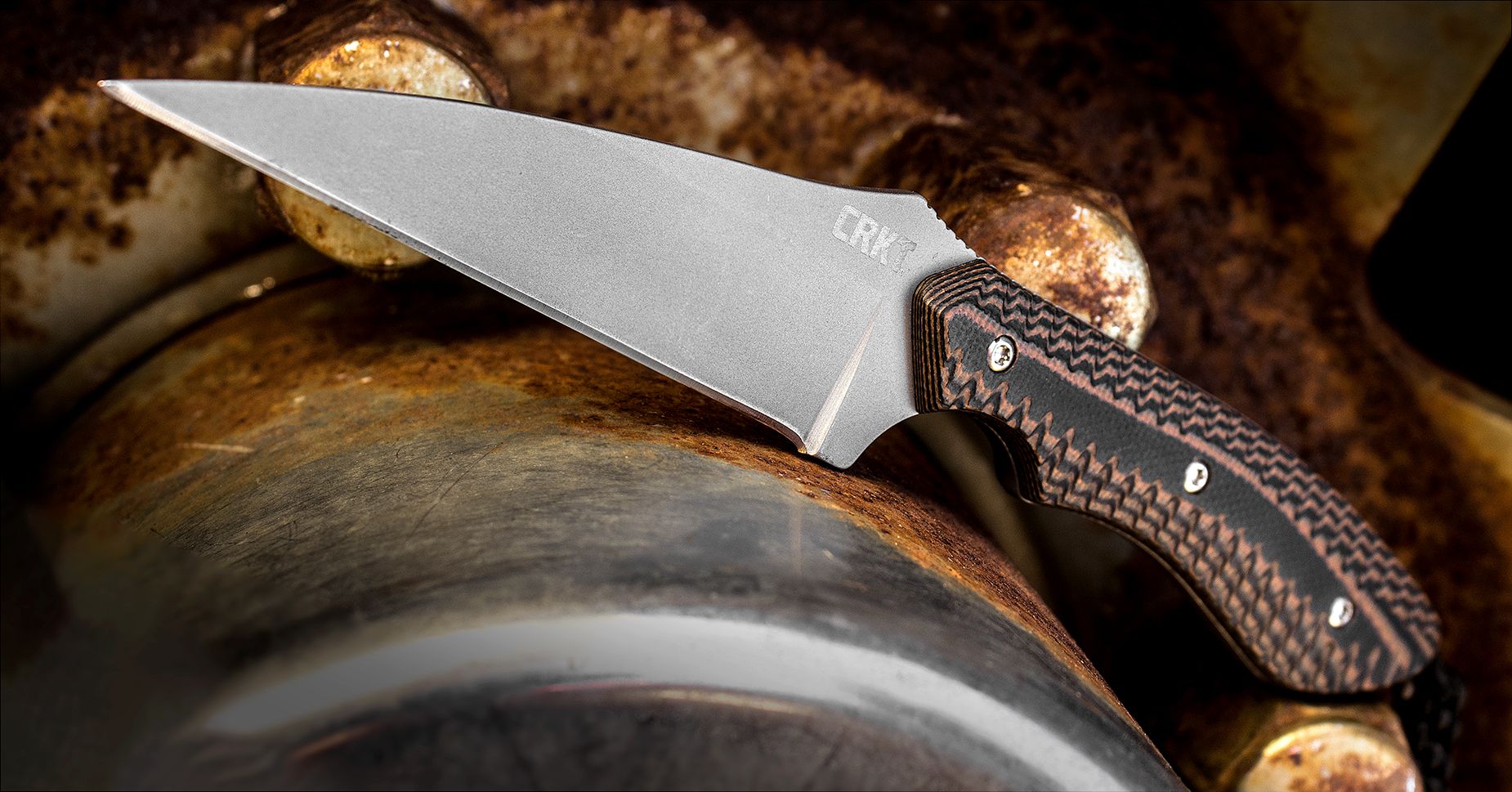
Micarta
- Micarta is made from layers of fabric (usually canvas or linen, sometimes paper) compressed and filled with phenolic resin and it is very stable as a knife handle material. Some say it has a more “natural” feeling than G10, and when wet, Micarta has the advantage of feeling slightly grippier than when it is dry. This effect is more noticeable the more rough the finished texture is, but Micarta can also take polished finishes well.
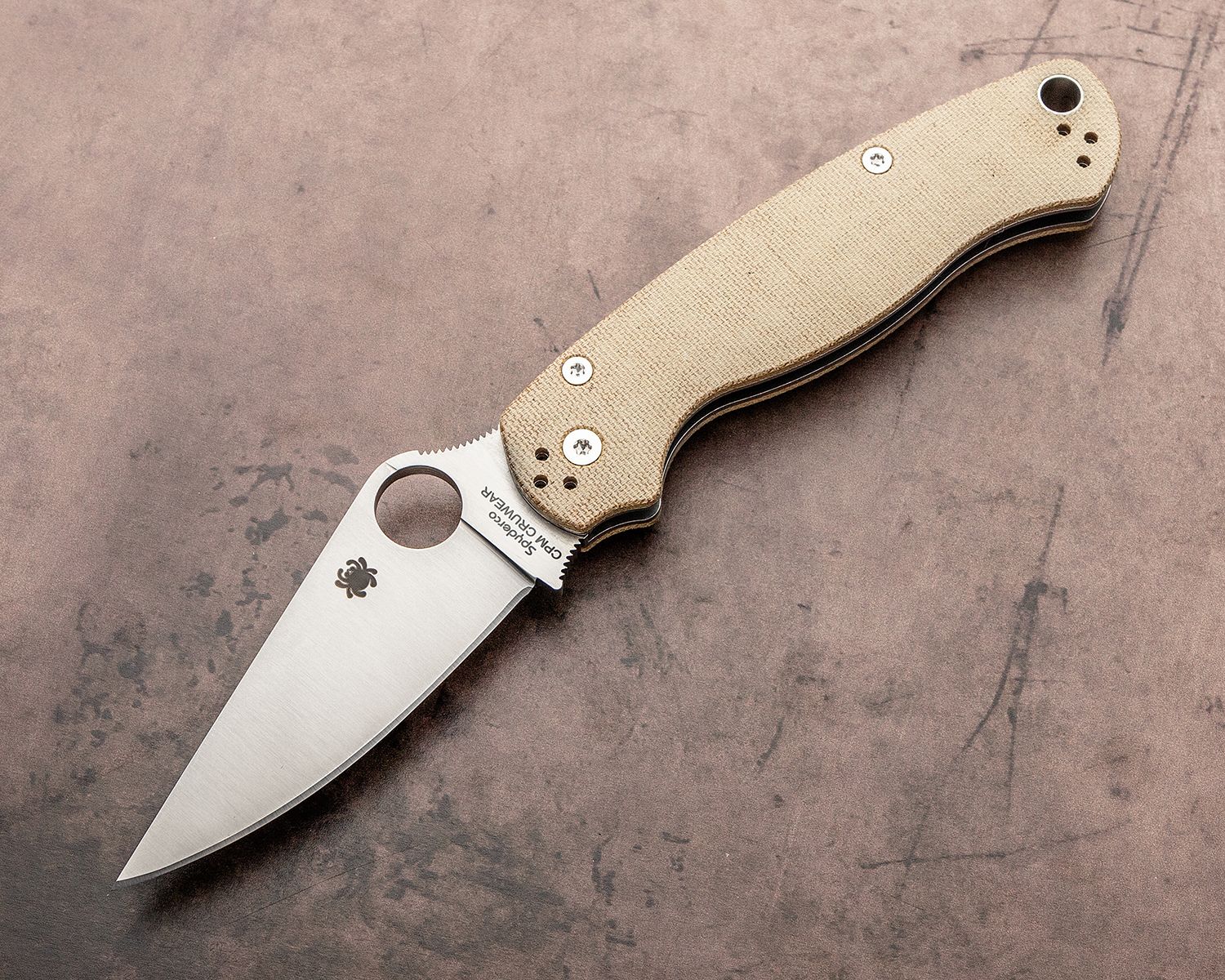
Titanium
- Titanium offers an unmatched strength to weight ratio among metals and is incredibly corrosion resistant which makes it a popular choice for premium pocket knife handles, especially those that use the framelock mechanism. It can take a variety of finishes including heat or electro-anodization.
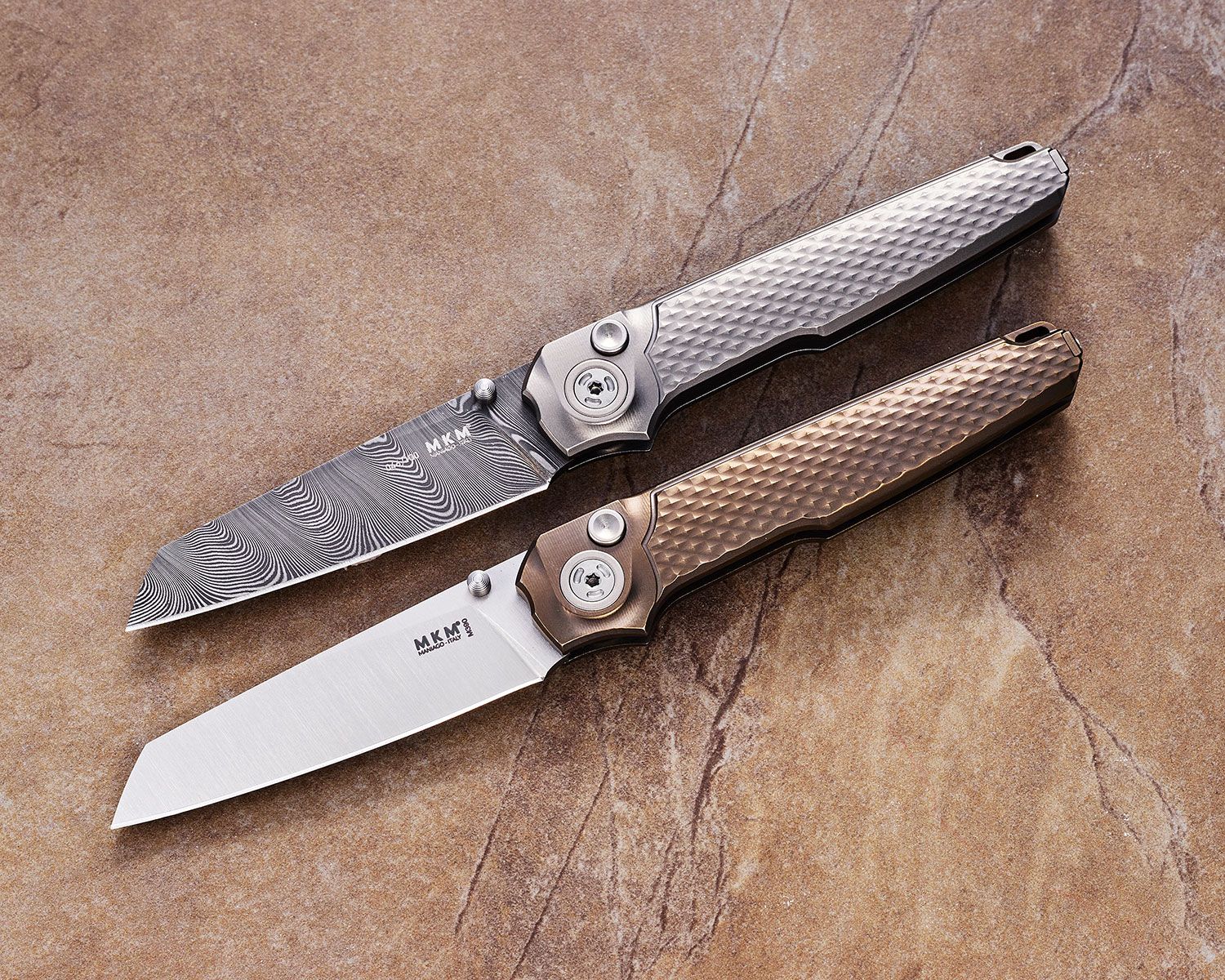
Aluminum
- Lighter than titanium but not as strong, aluminum is a good choice for a knife handle. It usually features some kind of coating or hard-anodization to protect the surface, which provides extra durability and can introduce a wide variety of colors to the finished knife.
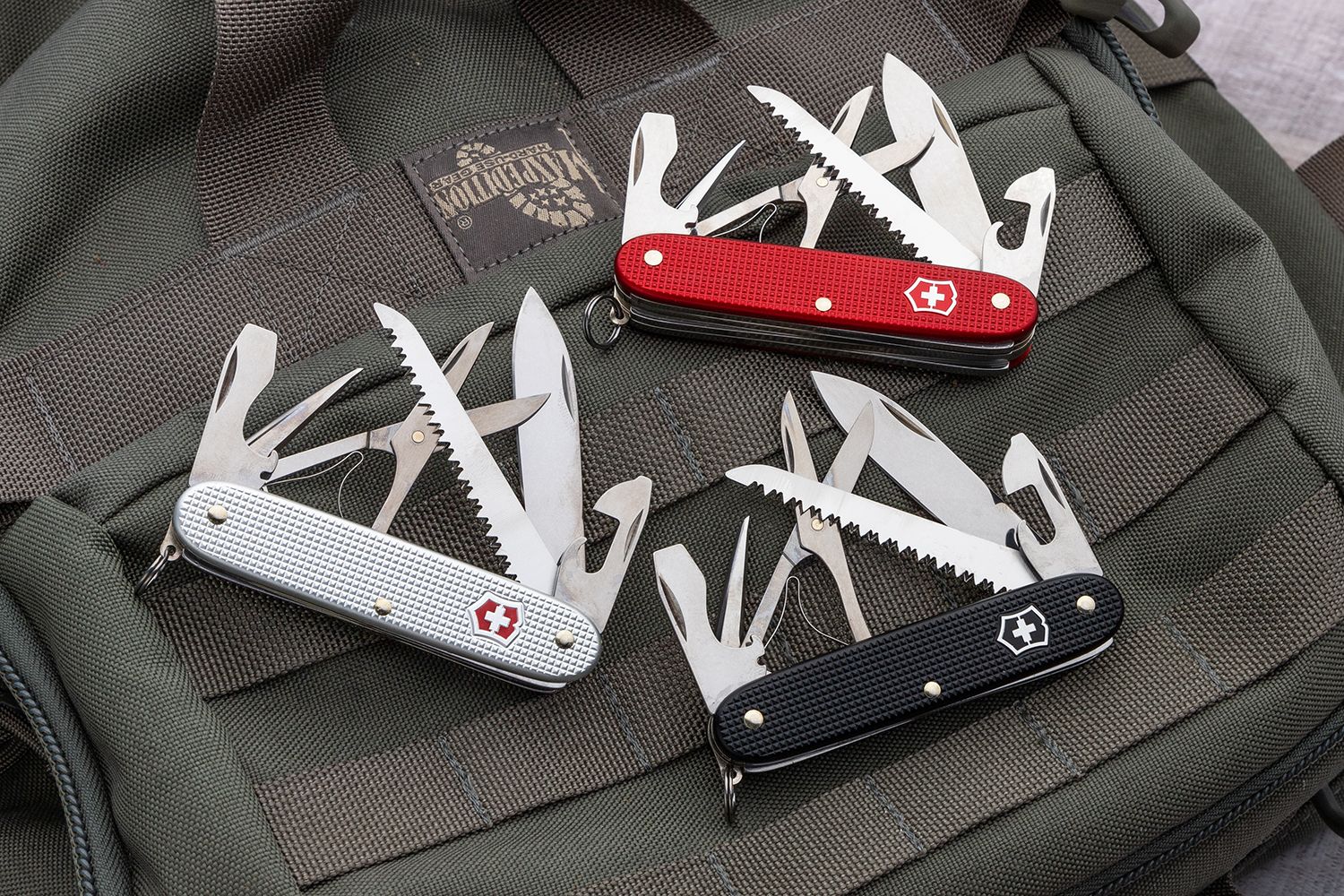
Steel
- Heavier than aluminum or titanium but usually less expensive, steel handles are incredibly durable when used as a knife handle.
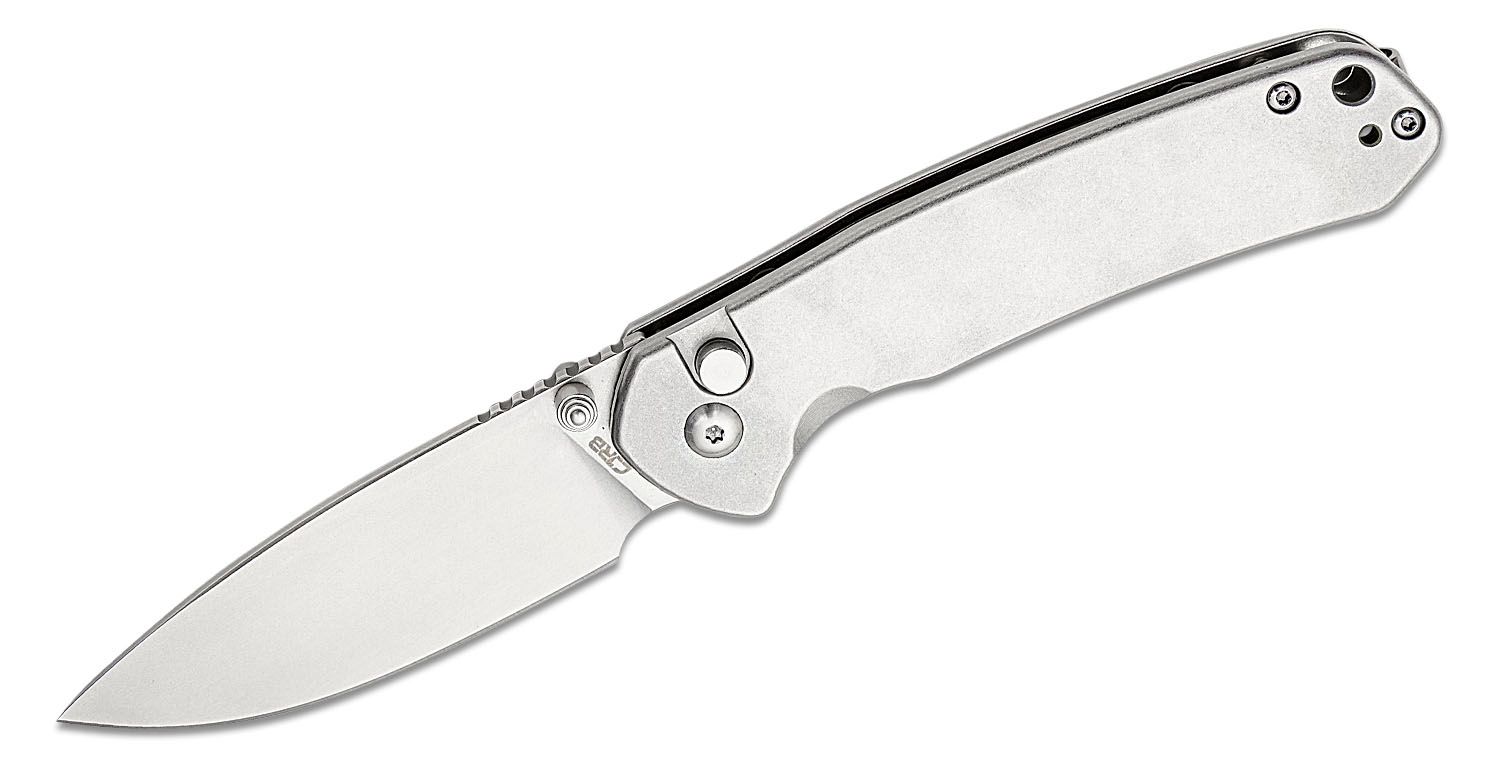
Wood
- Depending on the grade, natural wood can be used on everything from inexpensive knives to high-end collectors pieces. Not as strong as most man-made knife handle materials, wood can break if abused and be susceptible to warping or cracking over time.
- Some woods can be stabilized to increase their durability and resistance to warping by submerging the handle in resin and using a vacuum chamber to impregnate the wood with resin.
- Some woods, including Desert Ironwood, Olive wood, and others, are naturally dense and typically do not need to be stabilized.
- Materials like Pakkawood or Dymondwood are made of layers of wood veneers compressed with resin, and are much more resistant to warping or cracking over time.
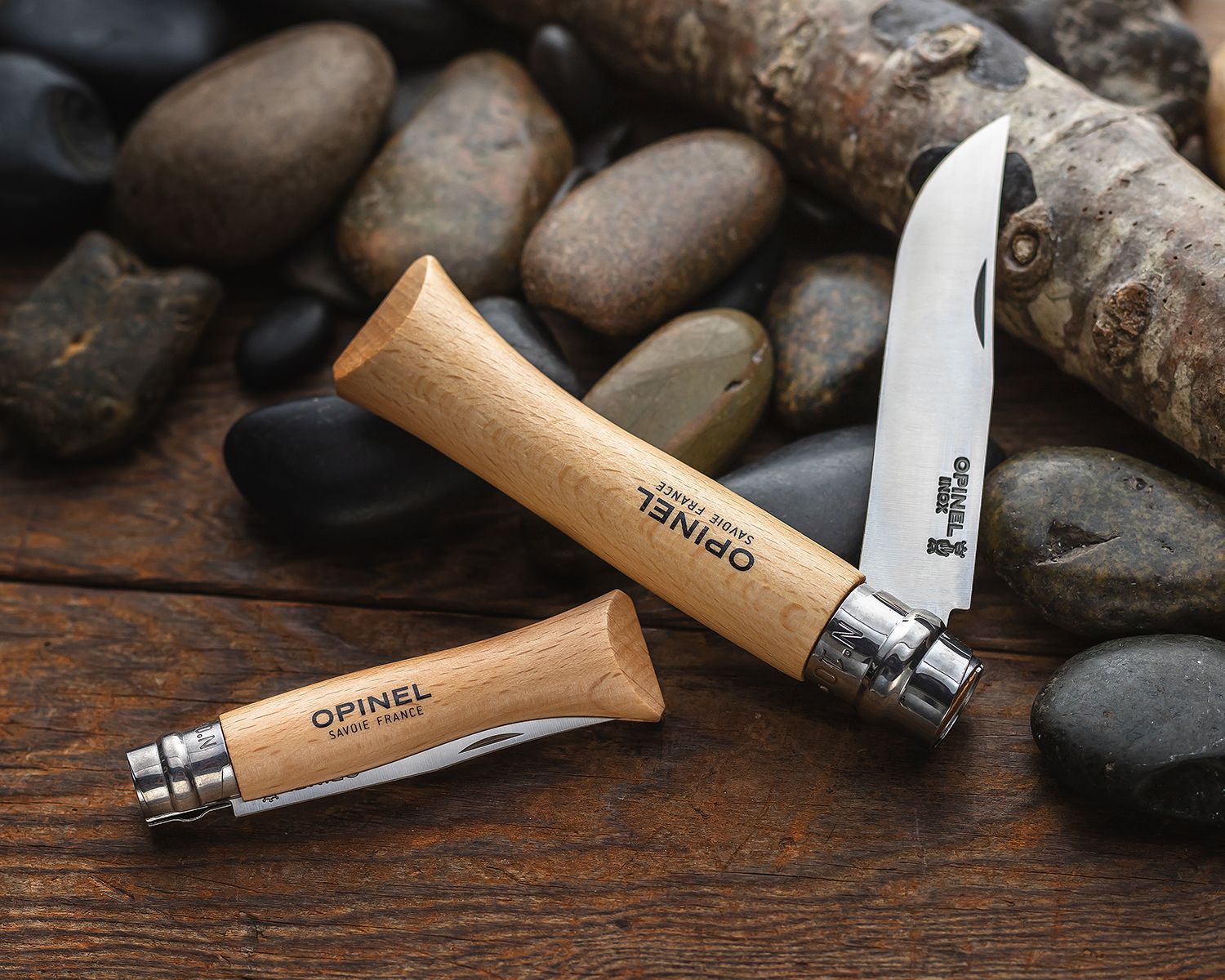
Carbon Fiber
- Stronger and lighter than virtually any other handle material available, carbon fiber is made from filaments of carbon that are set in resin. The fibers are usually woven together but can also be arranged in a “shred” or “marbled” pattern. Often used on gentleman’s knives for their premium look.
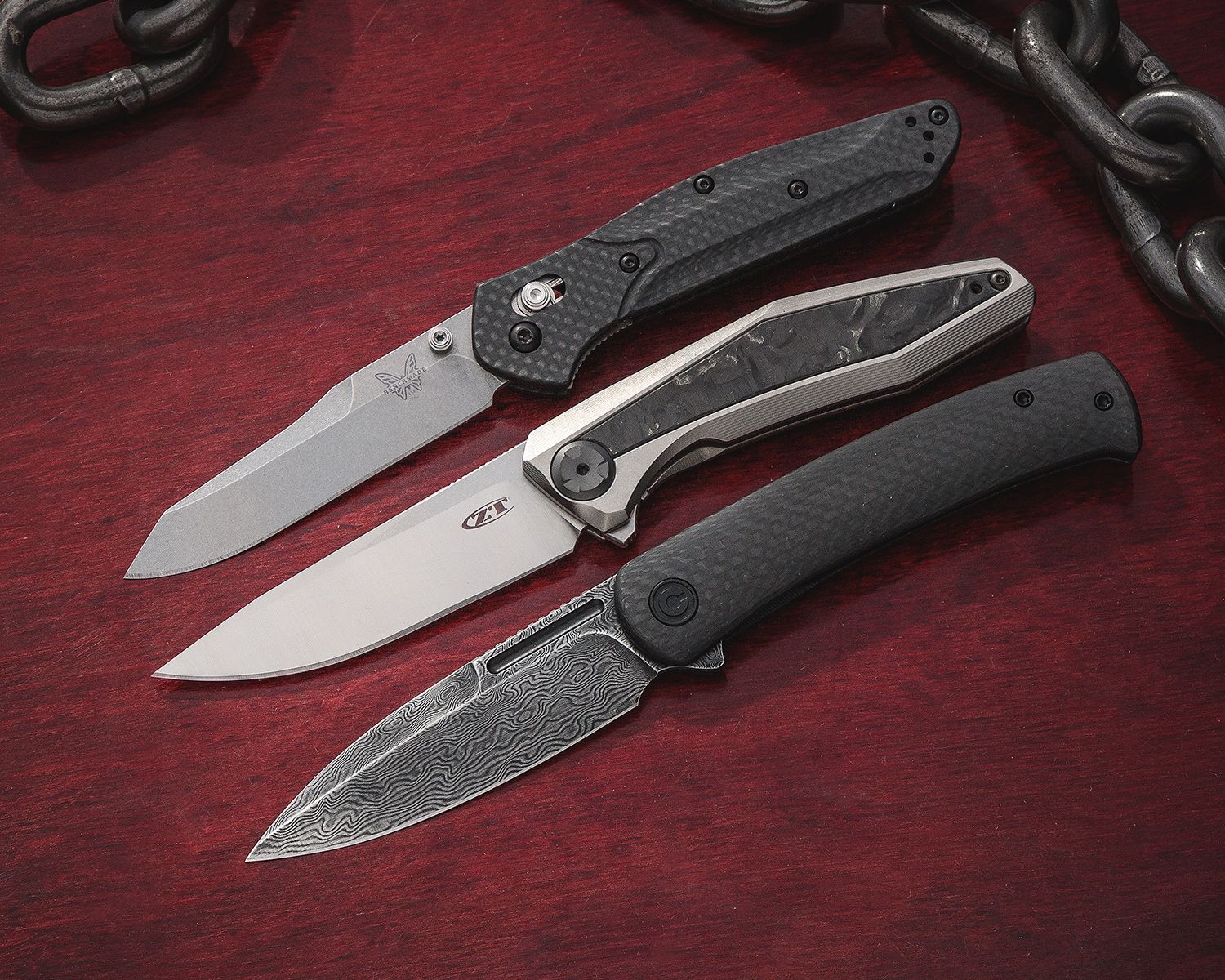
Nylon
- With nylon or plastics, complex handle shapes can be achieved with injection molding more economically than machined alternatives.
- Names for various nylons: GFN (glass-filled nylon), GRN (glass-reinforced nylon), FRN (fiber-reinforced nylon), ZYTEL®, Grivory, Ultramid, Kraton
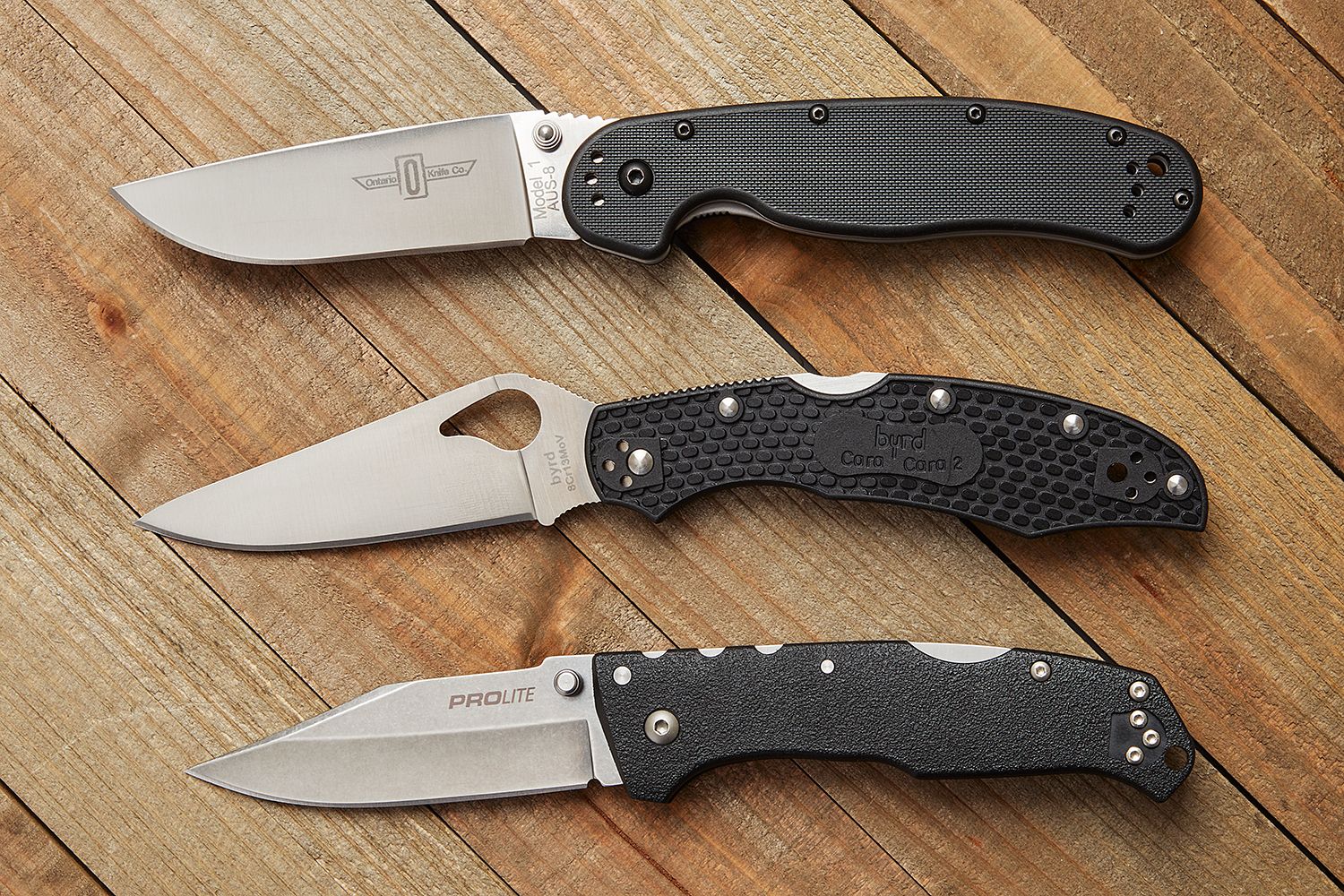
Rubber
- Rubber typically has a very grippy surface and is a great choice if you will encounter moisture when used on a fishing knife, dive knife, or hunting knife. It is also a good option in the cold since it can insulate your hands from the metal parts of the knife, and is also good on larger knives since it can mitigate vibrations that come along with chopping or heavy knife use.

Bone/Stag/Horn
- These natural materials have been used for knife handles since the days of early humankind. No two pieces are ever identical, and it is their natural beauty that makes them especially appreciated by collectors, but they are not as stable as man-made materials and can deteriorate or crack over time unless properly cared for.
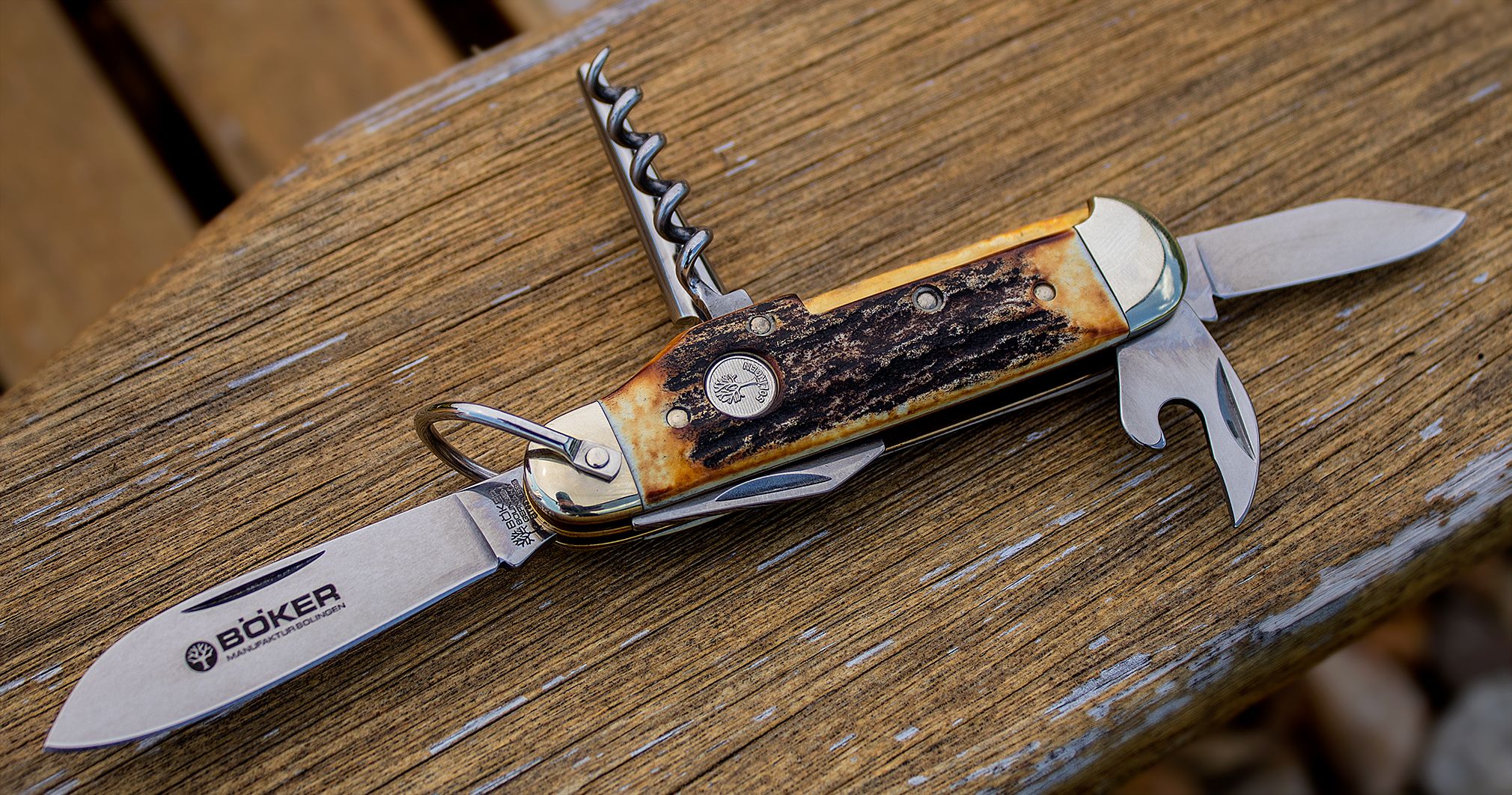
Brass/Copper
- While brass or copper do not offer a significant upgrade over other metals in practical terms, these materials are loved for their ability to patina as you use them. This grants each piece a ton of character that is unique to your usage of the knife.
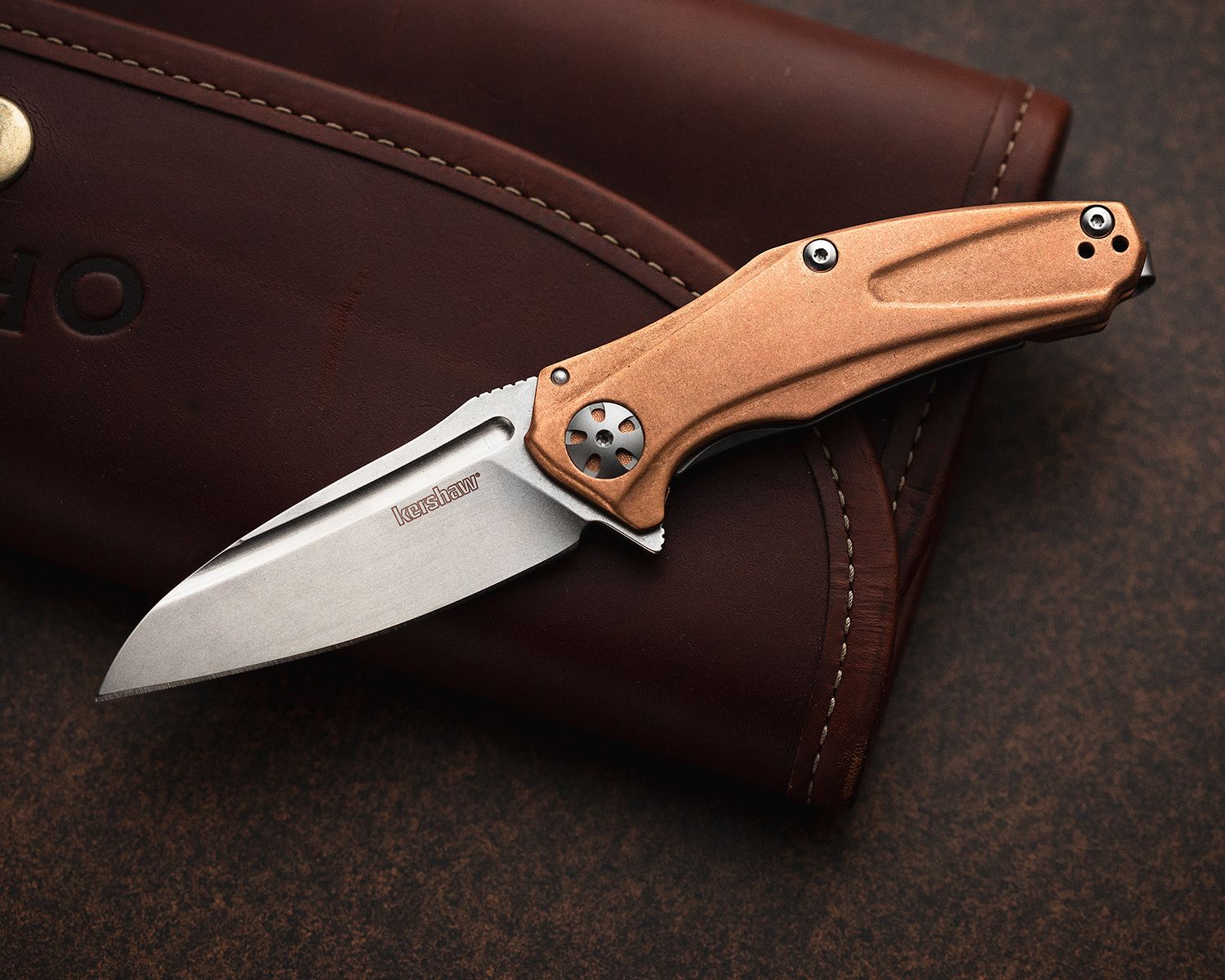
Ultem
- Ultem is a semi-transparent polymer with high heat-resistance and dimensional stability that is stiffer yet lighter than FRN. The medical industry pioneered its use as a replacement for plastic parts that would be subjected to high temperatures and even flame. When used in knife handles, it is typically amber-colored and is prized for its good looks and rigidity in use.
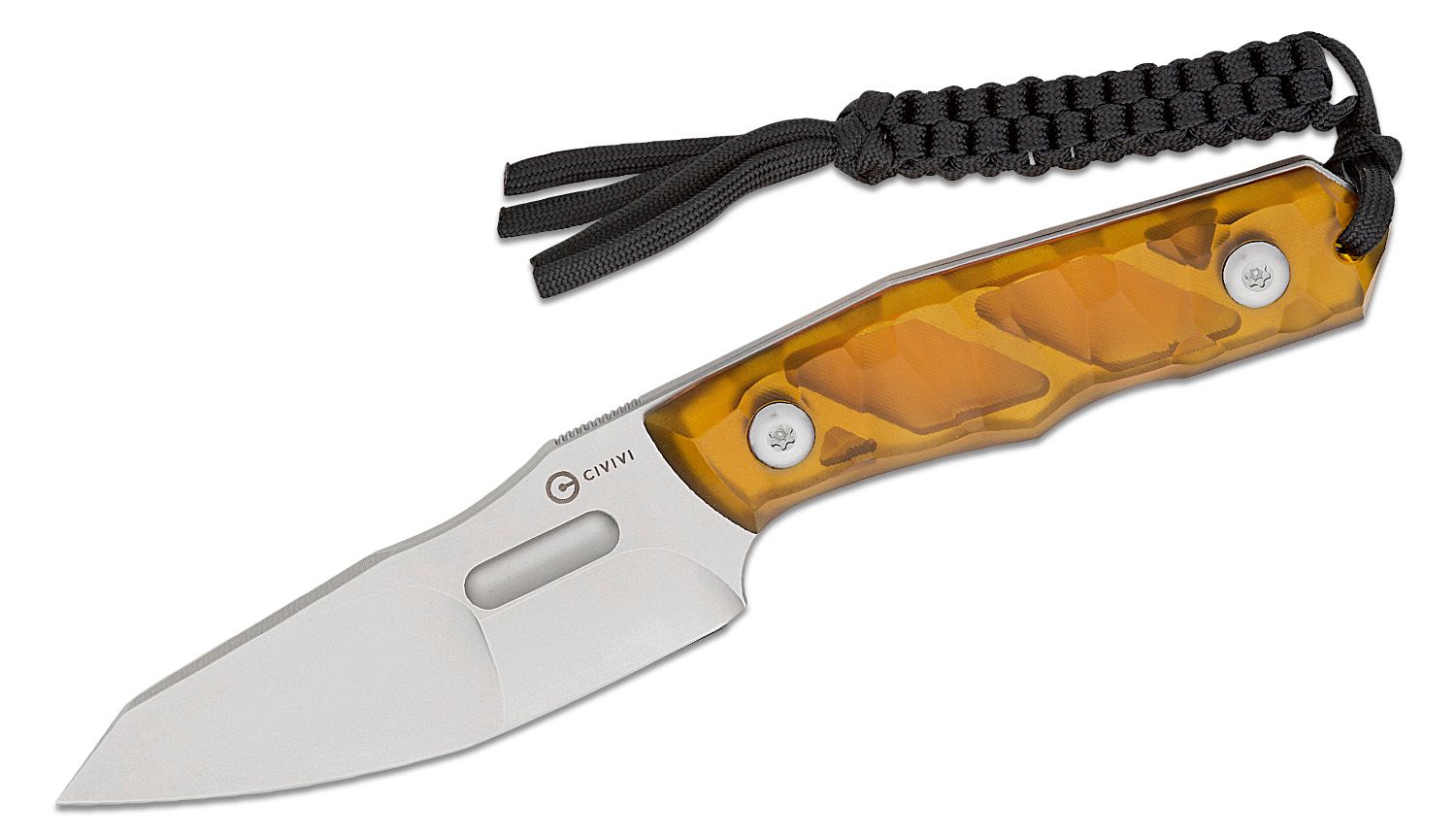
Paracord
- Also called 550 cord due to its 550-pound tensile strength, paracord consists of 7 nylon strands encased inside a woven nylon jacket. It can be used to “wrap” a skeletonized fixed blade knife handle, giving it extra girth and texture for more grip.
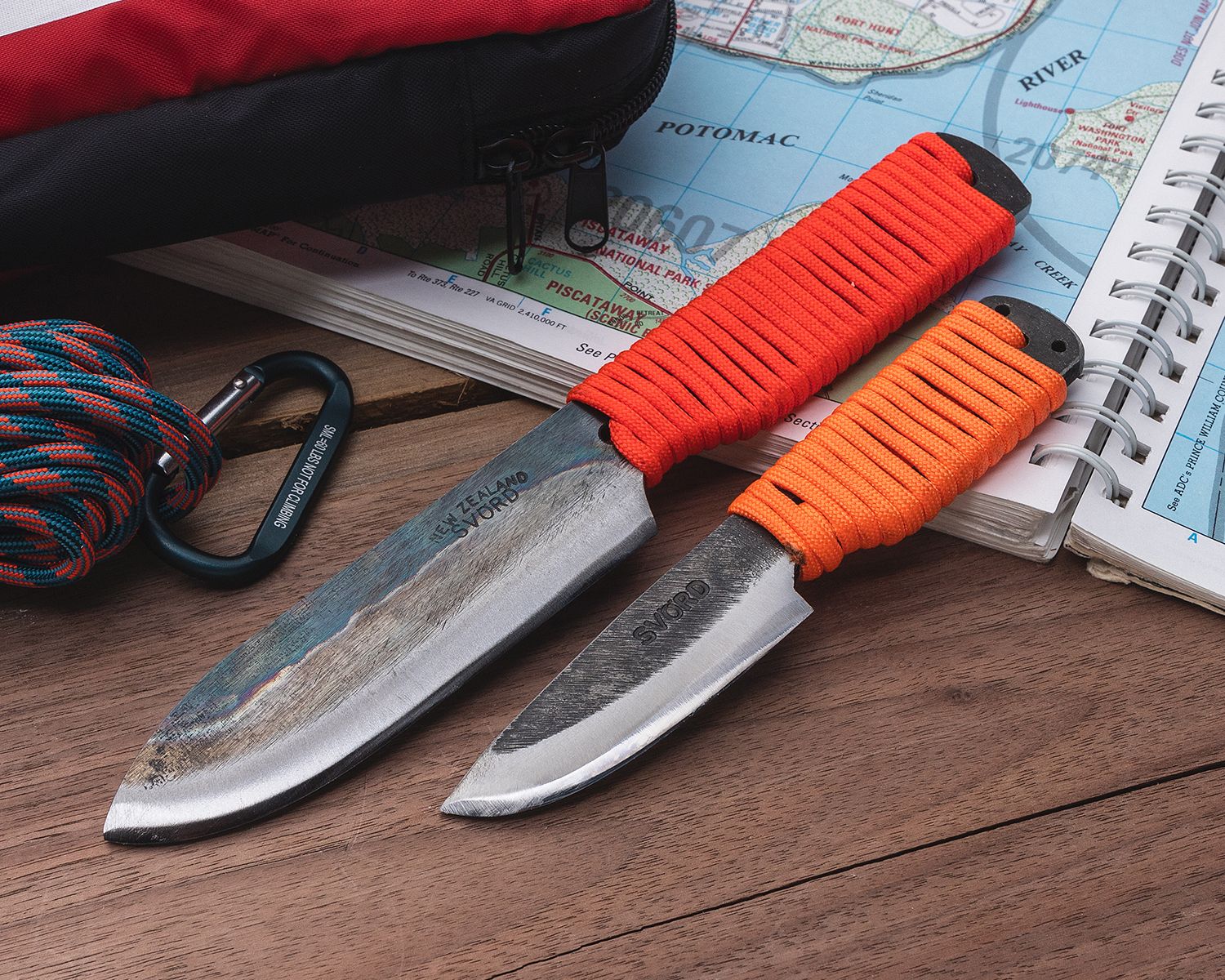
Richlite
- Made from recycled paper fibers and thermoset resin, Richlite is nearly indistinguishable from Paper Micarta in finished form, and has the same advantages (see above).
